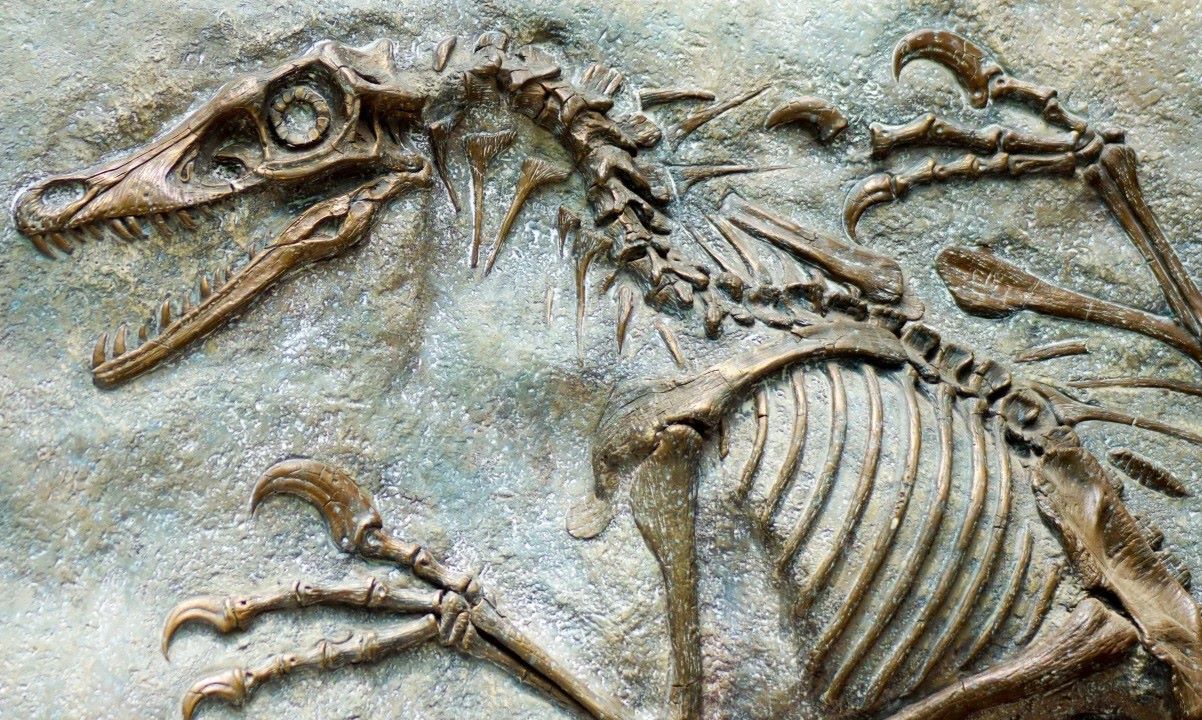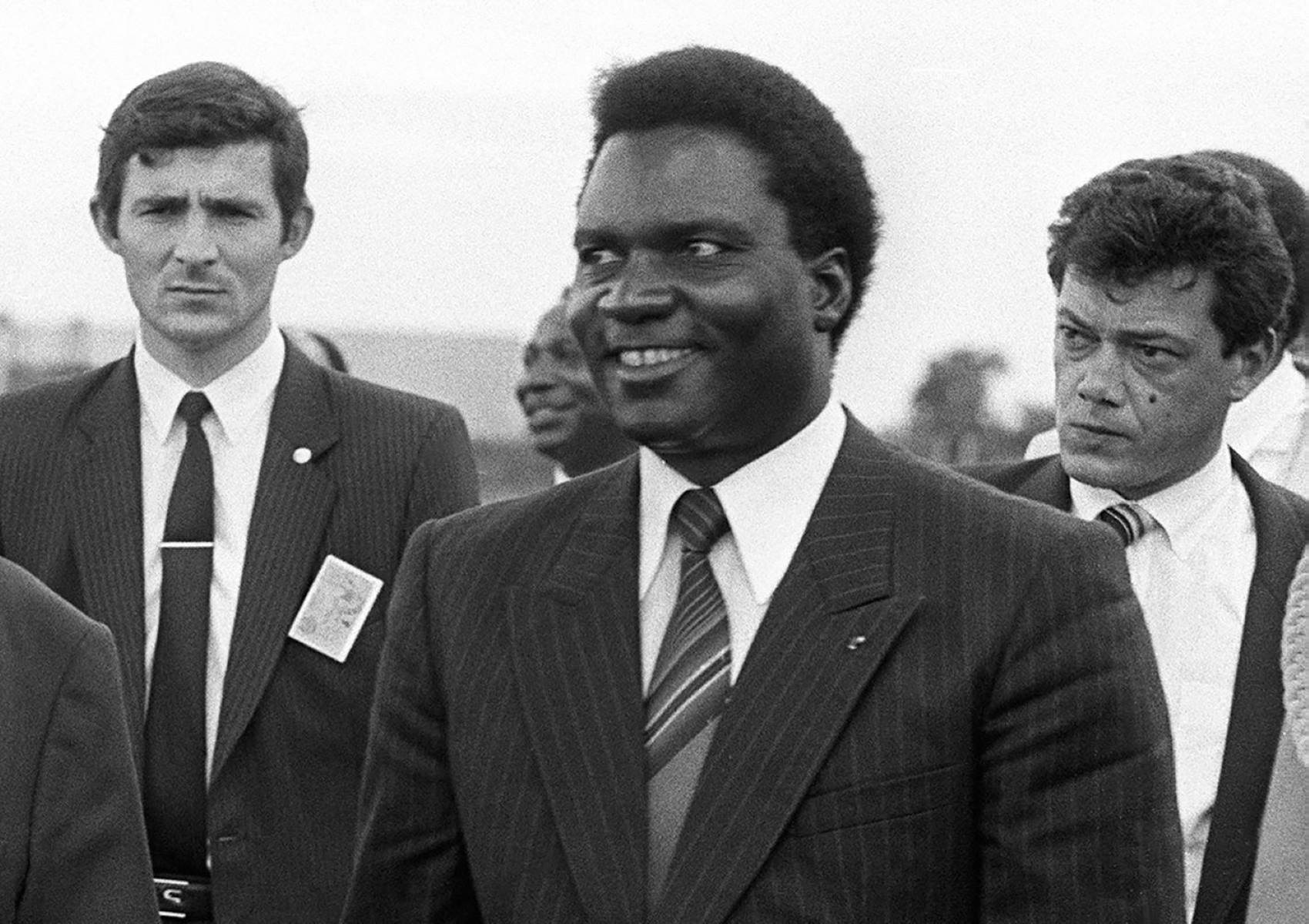
What is the fossil record? The fossil record is like nature's scrapbook, capturing snapshots of life from millions of years ago. It consists of preserved remains or traces of ancient organisms found in rocks. These fossils help scientists understand how life on Earth has changed over time. From tiny bacteria to towering dinosaurs, the fossil record reveals the diversity of past life. It also shows how species have evolved, adapted, or gone extinct. By studying these ancient clues, researchers can piece together the history of our planet and the life it has hosted. Ready to dig deeper? Let's uncover some amazing facts about the fossil record!
What is the Fossil Record?
The fossil record is like a time machine, giving us glimpses into the distant past. It consists of all the fossils ever discovered, as well as the information derived from them. These remnants of ancient life help scientists understand the history of life on Earth.
- The fossil record spans over 3.5 billion years, showcasing the evolution of life from simple bacteria to complex mammals.
- Fossils are typically found in sedimentary rocks, which form from the accumulation of sediments over time.
- The oldest known fossils are stromatolites, which are layered structures created by cyanobacteria.
- Fossilization is a rare event, requiring specific conditions such as rapid burial and the presence of hard parts like bones or shells.
- Most fossils are discovered in areas that were once underwater, as aquatic environments are more conducive to fossilization.
How Fossils Form
Understanding how fossils form helps us appreciate their rarity and significance. The process of fossilization can take millions of years and involves several steps.
- Fossilization often begins with the death of an organism, followed by its rapid burial in sediment.
- Over time, the organic materials in the organism's body are replaced by minerals, turning it into stone.
- There are different types of fossils, including body fossils (actual parts of the organism) and trace fossils (evidence of the organism's activities, like footprints).
- Amber fossils form when organisms get trapped in tree resin, which hardens and preserves them.
- Ice and tar pits can also preserve organisms, sometimes keeping their soft tissues intact.
Famous Fossil Discoveries
Some fossil discoveries have significantly advanced our understanding of prehistoric life. These finds often make headlines and capture the public's imagination.
- The discovery of Archaeopteryx in Germany provided crucial evidence of the link between dinosaurs and birds.
- Lucy, a 3.2-million-year-old Australopithecus afarensis skeleton, offered insights into human evolution.
- The Burgess Shale in Canada is famous for its well-preserved fossils of soft-bodied organisms from the Cambrian period.
- Sue, the largest and most complete Tyrannosaurus rex skeleton, has helped scientists learn more about these formidable predators.
- The La Brea Tar Pits in Los Angeles have yielded thousands of fossils, including those of saber-toothed cats and mammoths.
What Fossils Tell Us
Fossils are more than just ancient bones and shells. They provide valuable information about past environments, climates, and ecosystems.
- Fossils can indicate the age of the rocks in which they are found, helping geologists date geological formations.
- By studying fossils, scientists can reconstruct ancient ecosystems and understand how different species interacted.
- Fossilized pollen and plant remains offer clues about past climates and how they have changed over time.
- The presence of marine fossils in now-dry areas suggests that those regions were once underwater.
- Fossils can show how species have adapted to changing environments, providing evidence of evolution.
The Role of Paleontologists
Paleontologists are the scientists who study fossils. Their work involves fieldwork, laboratory analysis, and sometimes even a bit of detective work.
- Paleontologists often spend months or even years excavating fossil sites, carefully removing and preserving specimens.
- They use various tools, from small brushes to heavy machinery, depending on the size and location of the fossils.
- In the lab, paleontologists analyze fossils using techniques like CT scanning and electron microscopy.
- They compare fossils to modern organisms to understand evolutionary relationships.
- Paleontologists also collaborate with other scientists, such as geologists and biologists, to piece together the history of life on Earth.
Challenges in Studying Fossils
Studying fossils is not without its challenges. The incomplete nature of the fossil record and other factors can make it difficult to draw definitive conclusions.
- The fossil record is incomplete because not all organisms fossilize well, and many fossils have yet to be discovered.
- Fossils can be damaged or destroyed by natural processes like erosion and tectonic activity.
- Interpreting fossils can be challenging, as it often requires making educated guesses based on limited evidence.
- New discoveries can sometimes overturn previous theories, requiring scientists to revise their understanding of the past.
- Despite these challenges, the study of fossils continues to provide invaluable insights into the history of life on Earth.
Fossil Records: A Glimpse into Earth's Past
Fossil records offer a fascinating window into the history of life on Earth. They tell stories of ancient creatures, their environments, and how life evolved over millions of years. From the mighty dinosaurs to tiny trilobites, fossils provide clues about species that once roamed our planet. They help scientists understand extinction events, climate changes, and even how continents shifted.
These records aren't just for paleontologists; anyone can appreciate the wonder of discovering a piece of Earth's past. Whether found in museums or dug up in your backyard, fossils connect us to a time long before humans existed. They remind us of the ever-changing nature of life and the importance of preserving our planet's history. So next time you see a fossil, remember, you're looking at a piece of a grand, ancient puzzle.
Was this page helpful?
Our commitment to delivering trustworthy and engaging content is at the heart of what we do. Each fact on our site is contributed by real users like you, bringing a wealth of diverse insights and information. To ensure the highest standards of accuracy and reliability, our dedicated editors meticulously review each submission. This process guarantees that the facts we share are not only fascinating but also credible. Trust in our commitment to quality and authenticity as you explore and learn with us.


